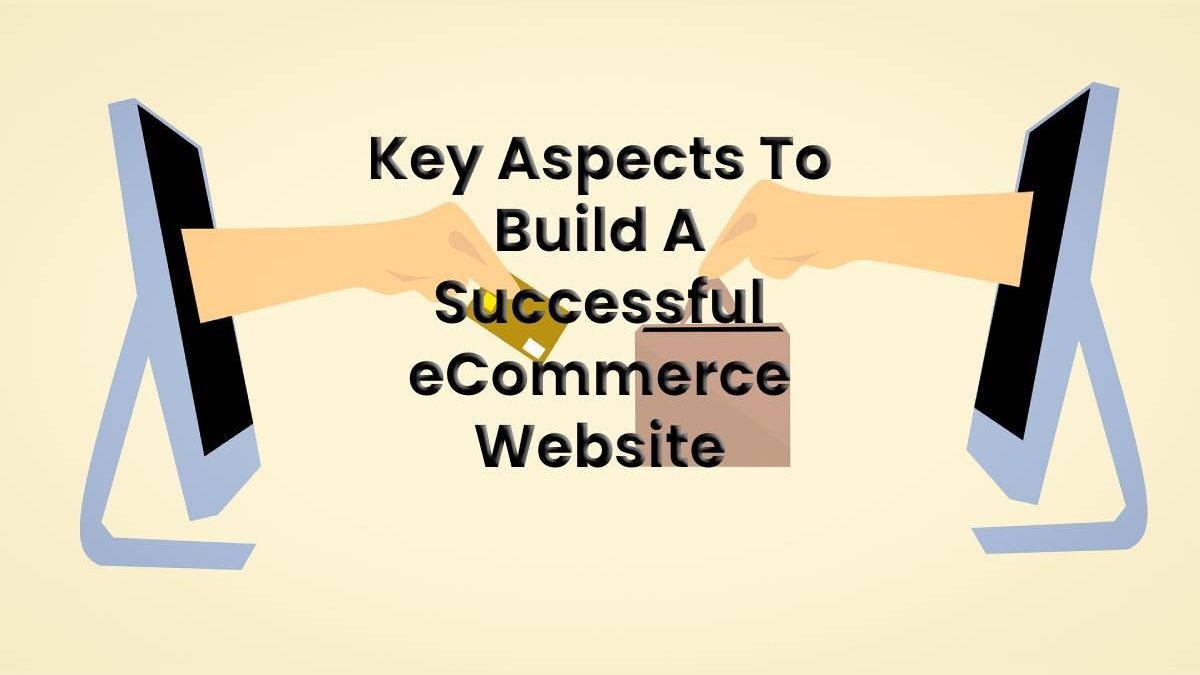Build A Successful eCommerce Website
As the rush of the pandemic forced countless businesses to temporarily shut their doors, lockdown sparked the launch of more than 85,000 online businesses joining the world of e-commerce.
According to BBC Worklife, “people are poised to keep shopping online, even as shops open their doors again. A recent UK survey showed that two in five people intend to carry on purchasing goods online rather than return to stores when they re-open.”
With more and more people swapping their physical stores for virtual ones, we wanted to explore what key aspects collectively make a successful e-commerce business.
The Importance Of Design
When it comes to building an e-commerce website, it’s important to decide what overall aesthetic you’re aiming for. Whether it’s clean and minimal or vibrant and impactful, the overall aesthetic of your website can instantly determine if a customer wants to remain on your page or leave to take their search elsewhere.
Remember that no matter what design you select, the information on your website needs to be legible and easy to digest. If a site is busy and chaotic, it can be difficult for customers to find the information they need. If you’re not sure where to start, there are hundreds of design templates on platforms such as WIX and Squarespace which offer a whole host of different layouts and themes to choose from.
Ensuring Your Site Is Secure
One of the most fundamental parts of building your e-commerce site, is ensuring that it’s secure. No matter how great your products are, if you don’t have a secure site then customers won’t feel confident to enter their payment details.
There’s an obvious tell-tale sign to instantly check if a website is safe to use. If you look at the URL, any secure site will always have a padlock icon to symbolise it is a secure site. Sites which aren’t safe are instead labelled as “Not Secure”.
An SSL certificate is all you need to tick this box. You can purchase an SSL online or download for free dependent on which provider you choose.
Customer Experience
Not only does your site need to look and feel slick and aesthetically pleasing, but functionality is also equally as important. Dan Conboy, CEO for Statement, tells us…
“while it’s crucial to create momentum before launching your store when you go live, it’s equally as important to deliver a great customer experience. Creating a positive first impression is fundamental to getting shoppers to return.”
Customer journey equates to how easy your site is to navigate. Including regular calls to action throughout your site is a great way to improve your user experience, as it helps to make their journey more seamless.
Having to scroll all the way back to the top of a page to find a call-to-action button is a nuisance. It’s these small considerations which collectively add up to present a great website designed with user experience in mind.

